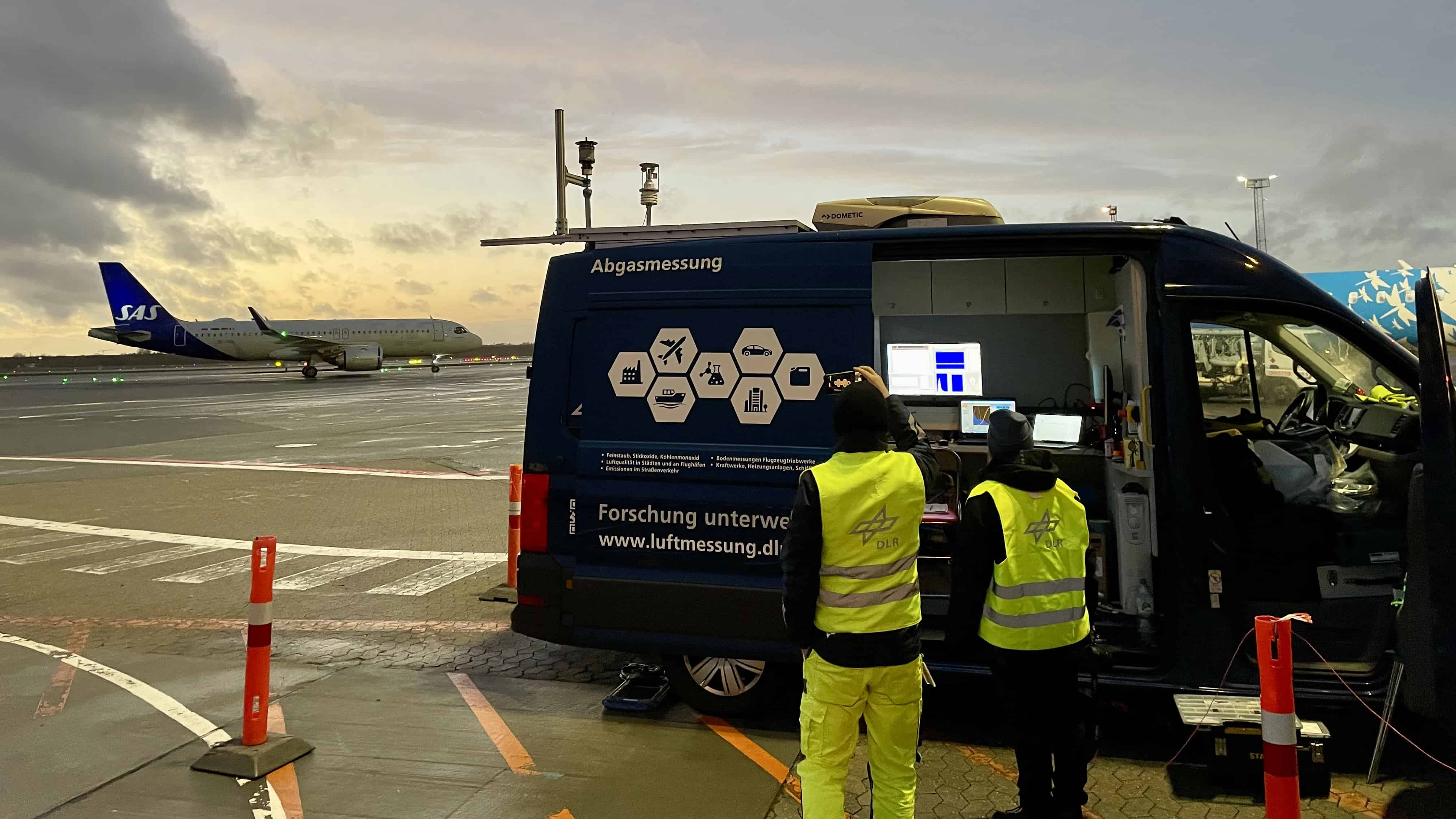
Just as we track the impact of our choices on our bank accounts, people are also taking environmental impact into decision making. In the Netherlands, 90 percent of people consider the environment important or very important to them. A carbon footprint generator is now being developed to show the exact impact of one’s daily decisions make to the environment. It can be used understand the true cost of choosing oat milk over normal milk or traveling local versus abroad.
This generator, Exiobase is currently being developed by researchers from Aalborg University (AAU), in Denmark. It is already functional but is now being expanded to take into account thousands of different products and services world-wide.
“What we hope is that this will be the place to go when you want the carbon footprint of anything,” says Jannick Schmidt, Project manager and Associate Professor at AAU. “The idea is that it is easy and you can just use it with your mobile phone.”
The generator will allow people to compare the impact of similar actions (traveling one place over another, for example). It will also allow people to see the carbon footprint of spending money on travel over, say, buying clothes. It can also be used by businesses and governmental organizations to influence their larger scale decisions.
Calculating your climate footprint
Schmidt says that most climate generators are based on incomplete information. Let’s say someone wants to know the impact of producing wood. Most generators do not take into account the impact of the machines and land use, in addition to the biomass. This looks at a product from its impact of production and what could be used by nature.
The generator calculates the carbon footprint of decisions by relying on national statistics for carbon fuels produced. It then can give a number that is region specific. They keep these numbers updated to account for changes in fuel composition. Technological changes that cannot be seen in national statistics are also considered and manually inputted.
Open Source
Because the generator is open source, the data can be amended quickly. If China began to use more wind power in manufacturing, for example, this could be taken into account quickly.
“Everything in the world is interconnected,” explains Schmidt. “It means that every datapoint is subject to review – if they say it is wrong, then we can work to take into account that feedback and continue to improve.”
The project will run until the end of 2024. The aim is to have it easily accessible to anyone, anywhere.








